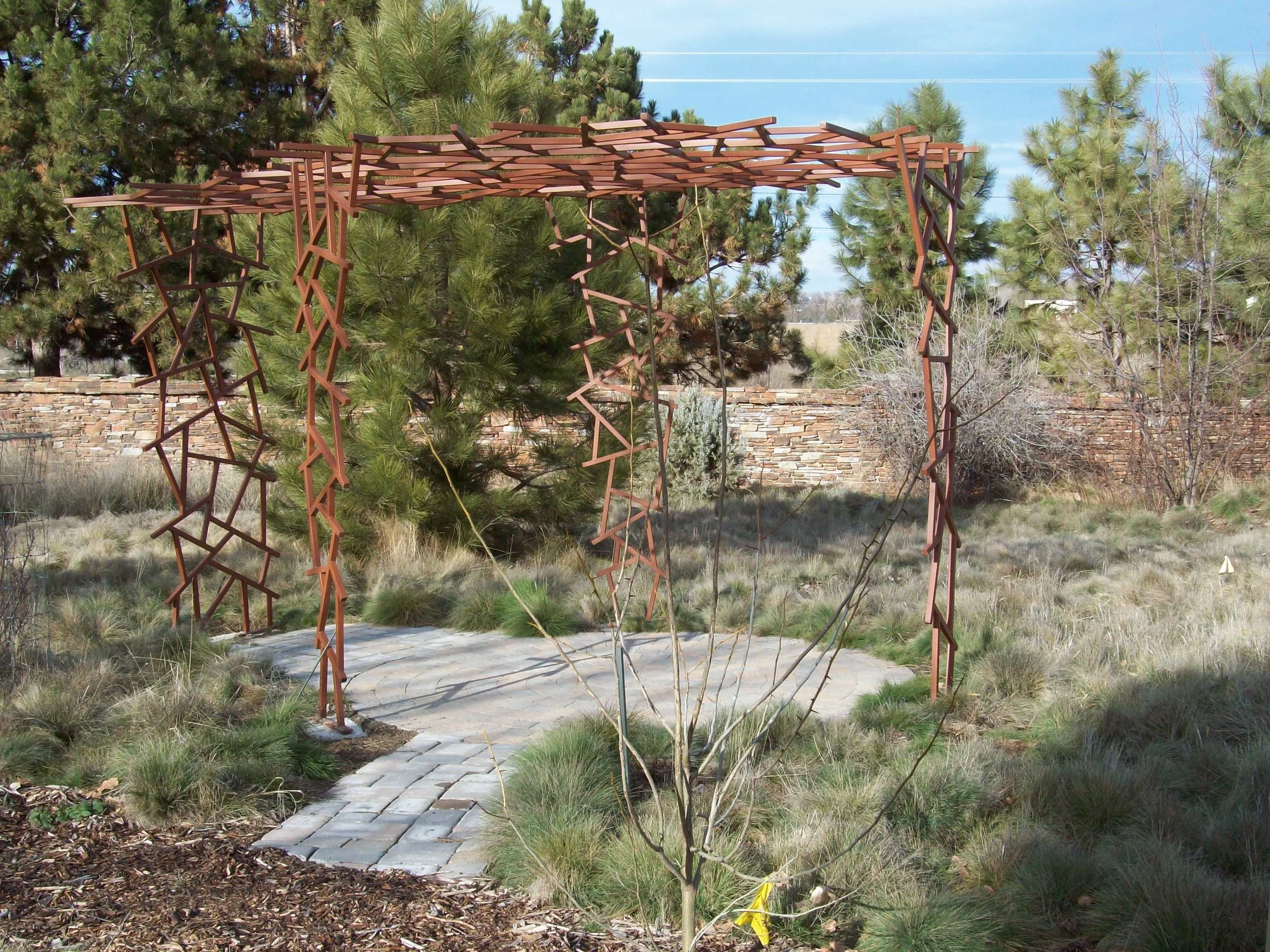Design Considerations
Some of these considerations can be applied to any landscaping design. Mostly you’ll want the design to fulfill your needs and style. You can do some things in steps or as budget allows. Sometimes the order of the way you do things will save money, time and effort. That may change the scope of the project.
So, want to redesign...why?
You want to get rid of your lawn....why?
Make sure you keep these reasons in your focus.
Redesign?
Look at the space. Do you need to walk through? Then you need a path. Do you want to make the beds bigger? Use a hose to play with size and contour. Do you want to create a focus point? Do you want a visual block for privacy or aesthetics? Look around your neighborhood and see what you like about other yards' landscaping. Also look at the difference in style: spacing, formal vs. relaxed, minimal vs. busy, hardscaping. Each decision brings you closer to your master plan.
Planting Considerations
Soil Type
Which area do you live in? Foothill properties tend to be sandier, with better drainage, and alkaline pH. Soils in the North End and along the river have more clay and a neutral pH. Bench properties have loamy soil with areas of caliche and also alkaline pH.
Evergreens
After making all of your hardscaping decisions, I usually like to start with plants that are evergreen/gray of the perennials, shrubs and trees. If you only install deciduous plants, your yard will look bare in the winter.
Exposure
It's important to know how much sun or shade an area gets. This will help determine the appropriate plants for the space. Plants in the inappropriate place will let you know if they are not happy by burning or leaning.
Placement
Along with exposure, look around your yard. Are there overhead wires, water mains, or dearly departed buried pets you need to plant around? Also, look at your neighbors' landscape. Are their trees or fence giving you extra shade? Another problem that we've noticed is that plants close to sidewalks get visited by dogs more often than we would like. You might consider a bigger plant or some sort of barrier.
Giving things space: Keeping in mind the mature size of the plant, measure and space out the plants proportionately. We all tend to want to make things look full immediately. In the short run that might work visually, but in the long run you'll have a tree planted too close to your house!
Plant Choices
Although we use more xeric native plants in our designs, there are some great xeric non-native plants available. For example, lavender is a great xeric non-native from the Mediterranean region. It's drought tolerant, great for bees, and non-invasive. It's really important not to plant something that is going to be invasive! Do consider the lovely native Syringa shrub in your design— Idaho's state flower!
Examples of Hardscaping Features
Here are some examples of how hardscaping can improve the look of your yard.
Creating Berms
Berms can be too big and look weird. We try to contour the berms into a more naturalistic shape and height.
Ornamental Stone
Ornamental stone adds structure and texture to your landscape. Price different ornamental stones to see how big of a project you can accomplish.
Terraces
Where you have a severe grade on your property, consider terracing. There is less water runoff and erosion in beds with flatter grades.
Patios
Patio sizes are determined by how many people you want to entertain. Here are a few examples of styles.
Pathways
Pathways come in many styles. They can be formal or informal and made from gravel or stepping stones.
Other Hardscaping Ideas
Dry Creek Bed
Water Feature
Arbor







